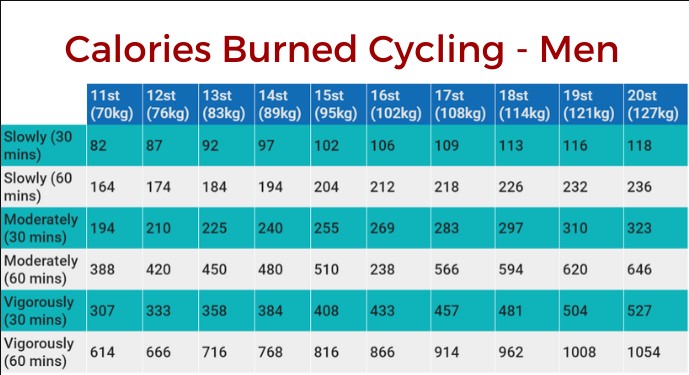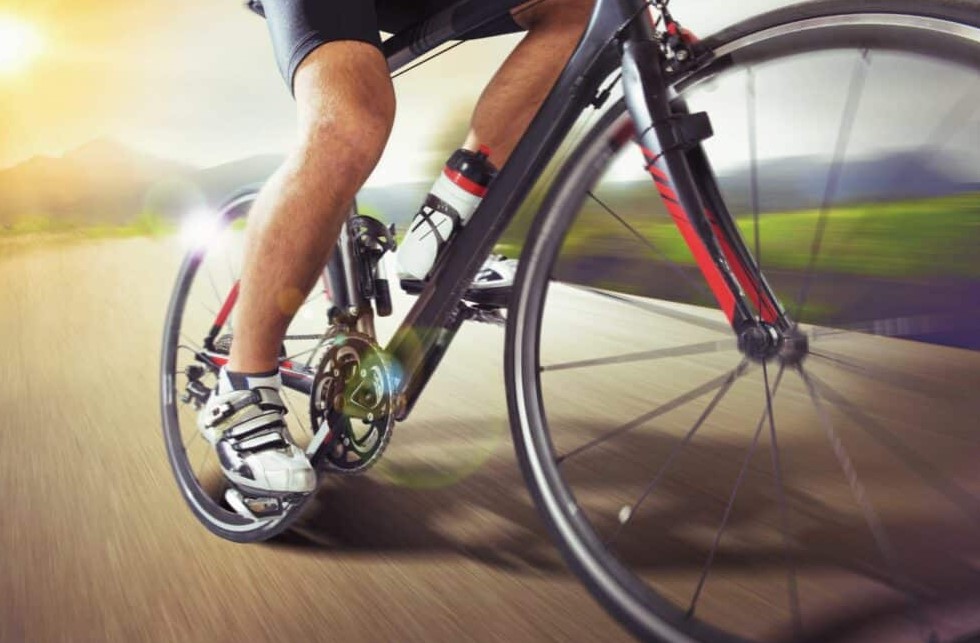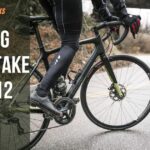Cycling is not just a mode of transportation; it’s a journey towards health, adventure, and freedom. One question often on the lips of beginners and seasoned cyclists alike is, “How long does it take to bike 6 miles?” While this may seem straightforward, several factors like fitness levels, terrain, and cycling equipment play a super important role in determining the answer. In this comprehensive guide, we’ll pedal through these aspects to give you a clear understanding of what to expect on your 6-mile cycling journey.
How long does it take to Bike 6 Miles?
The duration of your ride hinges on a myriad of factors, each playing a significant role in your cycling experience. Let’s delve into these elements to provide a clearer picture:
- Your Fitness Level: It’s intuitive that your physical fitness influences your cycling speed. A well-conditioned cyclist can cover 6 miles much quicker than a beginner. For instance, while an average cyclist might take about 30-45 minutes on flat terrain with no wind, a more fit cyclist could reduce this time to 20-30 minutes.
- Terrain Variations: The nature of the terrain is a super important factor. Flat landscapes allow for faster rides compared to hilly or uneven terrains. Cycling on hilly routes demands more from your muscles and cardiovascular system, leading to longer ride times.
- Wind Conditions: The direction and strength of the wind can either be a boon or a bane. A tailwind propels you forward, reducing effort and time, whereas a headwind can significantly slow you down, increasing your travel time.
- Traffic Considerations: The amount of traffic on your route also affects your speed. Biking through heavy traffic can be slower and more cautious, as opposed to cycling on quiet, open roads.
- Type of Bicycle: The design of your bike influences your speed. Road bikes, engineered for speed and efficiency on paved roads, are faster compared to mountain bikes, which are designed for rugged terrain and generally slower on roads.
Factors Impacting Your Biking Speed
Cycling 6 miles can vary significantly in duration depending on a multitude of factors. Being aware of these variables not only helps in setting real goals but also enables you to optimize your cycling experience. Let’s delve into these key elements:
1. Fitness Level: Your Pedal Power
Your cycling speed is directly linked to your fitness level and cycling experience. Seasoned cyclists with robust stamina and experience can maintain a higher average speed compared to beginners or casual riders. This difference is primarily due to their more efficient pedaling technique, better stamina, and higher endurance.
2. Terrain: The Road Less Traveled
The landscape you choose to cycle on plays a really key role in determining your speed. Flat, smooth terrains allow for a consistent and fast pace, whereas hilly or uneven paths require more effort, thereby reducing your average speed. The challenge of an incline not only tests your physical strength but also your mental tenacity.
3. Wind Conditions: The Invisible Push and Pull
Wind conditions can be as influential as the terrain. A strong tailwind can significantly boost your speed, making your ride smoother and faster. Conversely, a headwind acts as a natural resistance, demanding more energy and reducing your pace.
4. Traffic: The Urban Challenge
For urban cyclists, traffic is an unavoidable factor. Busy streets, stoplights, and navigating through cars and pedestrians inevitably slow down your journey. This variable is less about physical ability and more about safety and navigational skills.
5. Bike Type: Your Chosen Steed
The bike you ride is super important in determining how quickly you can cover 6 miles. Road bikes, designed for speed and efficiency on paved roads, are generally faster than mountain bikes, which are built for durability and control on rough terrains.
6. Equipment: The Small Edges
The right gear can make a significant difference. Efficient, well-inflated tires, streamlined and aerodynamic clothing, and even the weight of your bike can impact your speed. Optimizing your equipment can shave off valuable seconds and reduce effort.
7. Weather: The Uncontrollable Factor
Lastly, weather conditions play a substantial role. Riding in rain, snow, or extreme heat not only affects your comfort but also impacts your performance. These conditions require additional caution and can lead to a slower pace.
Understanding and adapting to these factors can really improve your cycling experience. Whether it’s tweaking your bike setup, choosing the right route, or simply being aware of the day’s weather, each aspect contributes to how effectively you can cover those 6 miles on your bike.









